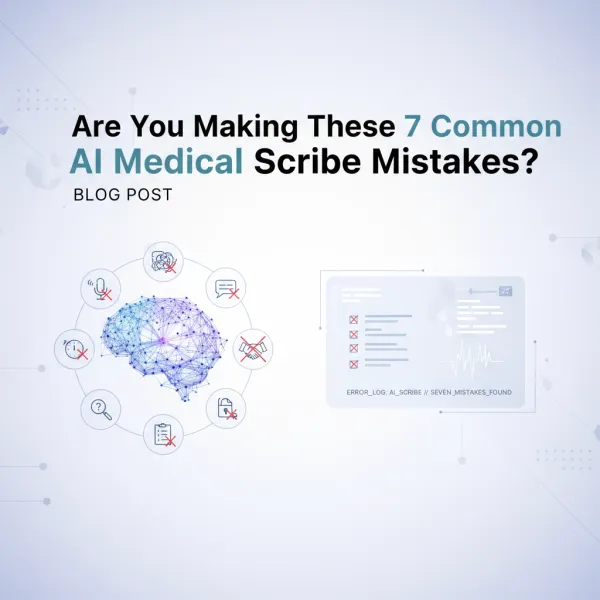AI Scribing Software, CMPA Policies, and Legal Safety: A Guide for Doctors Adopting Charting AI
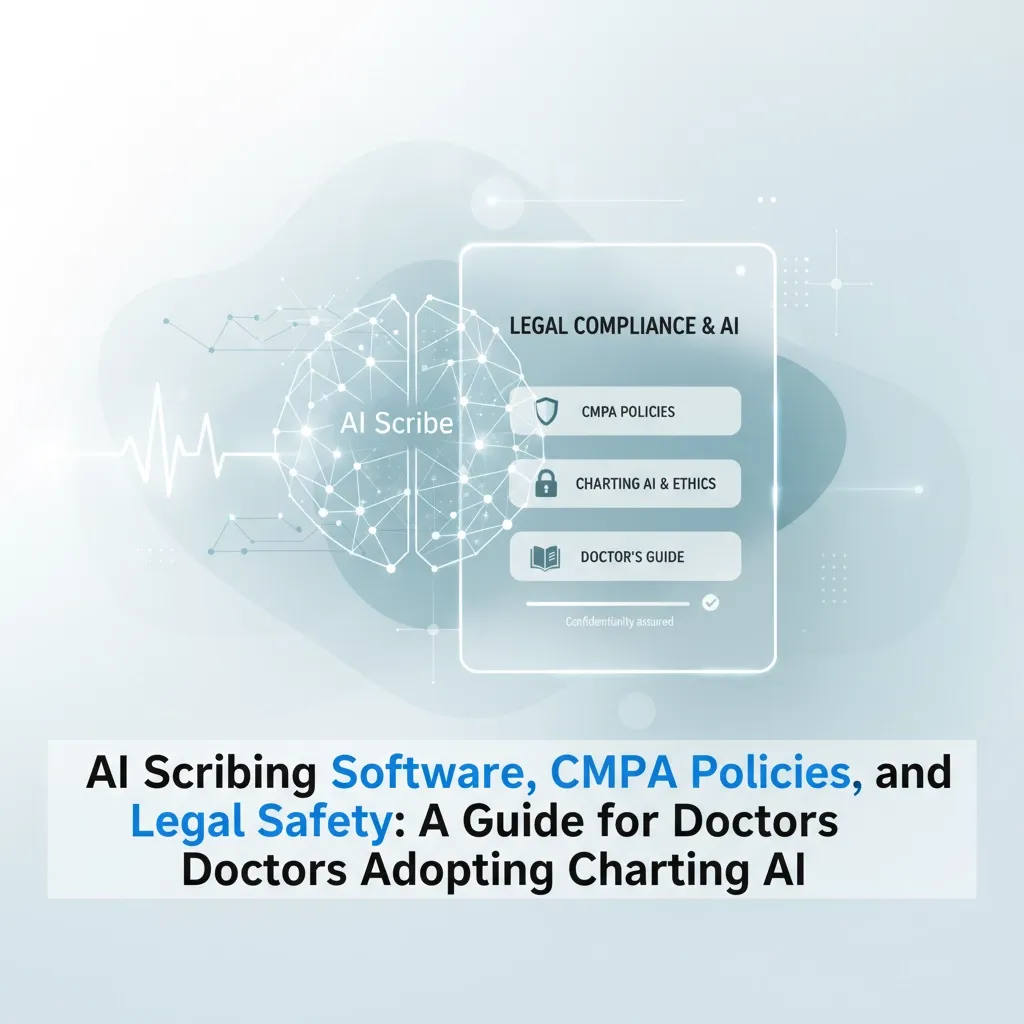
Hey there, fellow Canadian physicians! 👩⚕️
We know it's been quite the journey navigating the ever-evolving landscape of healthcare technology, and we're thrilled to help you understand one of the most transformative tools hitting Canadian practices: AI scribing software. If you're new to charting AI or considering making the leap, this guide is packed with everything you need to know about CMPA policies, legal safety, and best practices for adopting AI-powered medical documentation tools.
Let's dive into how you can safely and legally integrate AI scribing into your practice while staying compliant with Canadian healthcare regulations.
What Exactly Is AI Scribing Software?
Think of AI scribing software as your digital documentation assistant that listens, learns, and writes. These sophisticated systems use ambient AI and voice recognition technology to automatically capture your patient conversations, transcribe them in real-time, and transform those discussions into structured clinical notes.
Here's how the magic happens: the AI listens to your patient encounters, processes the spoken dialogue using advanced speech recognition, categorizes the information into appropriate clinical note sections, and generates a draft document for your review and approval. Pretty neat, right?
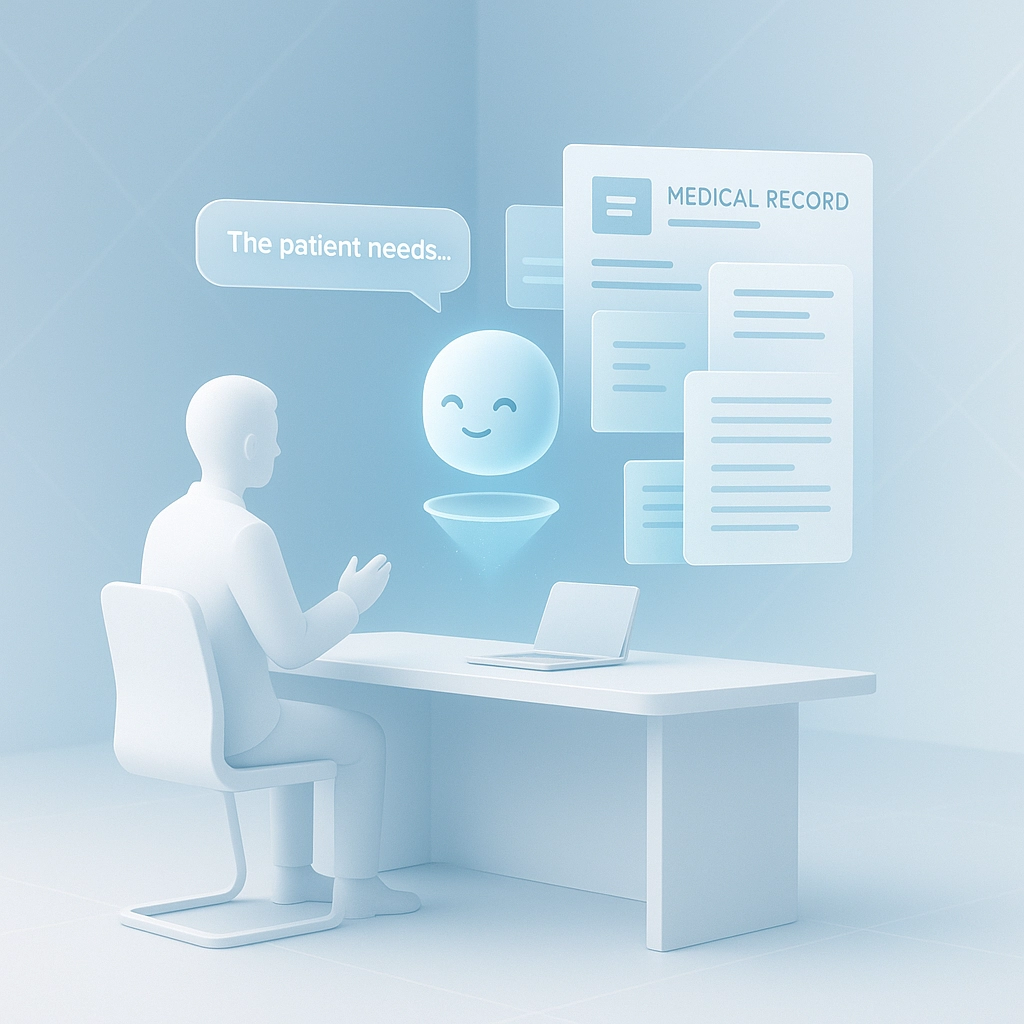
The technology has gained serious traction across North America, with large healthcare systems reporting thousands of physicians using AI scribes across millions of patient encounters. We're talking about real efficiency gains, some providers save up to two hours daily on documentation tasks alone.
Key capabilities that make AI scribes game-changers include:
- Real-time documentation capture without manual dictation
- Structured note generation that auto-populates your progress notes
- Order entry assistance for labs, imaging, procedures, and medications
- Seamless EHR integration
- Customization that learns your communication style
- Pre-charting capabilities to prep you for upcoming visits
CMPA Guidelines: What You Need to Know
Now, let's get into the nitty-gritty of what the Canadian Medical Protective Association expects from you when using AI scribes. Don't worry, we'll break it down so it's crystal clear.
Documentation and Transparency Requirements
The CMPA is pretty straightforward about this: you must obtain patient consent from the patient to record them. This isn't just a suggestion, it's a requirement that ensures transparency and maintains the integrity of medical records.
Your Professional Standards Still Apply
Here's something crucial to remember: using AI scribes doesn't change your existing professional obligations. The CMPA's Code of Ethics and Professionalism, Standards of Practice of Medicine, and Practice Directions all still apply when you're incorporating AI technology into your clinical workflows.
You're still responsible for:
- Auditing and reviewing patient records according to established standards
- Maintaining accuracy and completeness of medical documentation
- Ensuring patient confidentiality and data security
- Following all applicable provincial and federal regulations
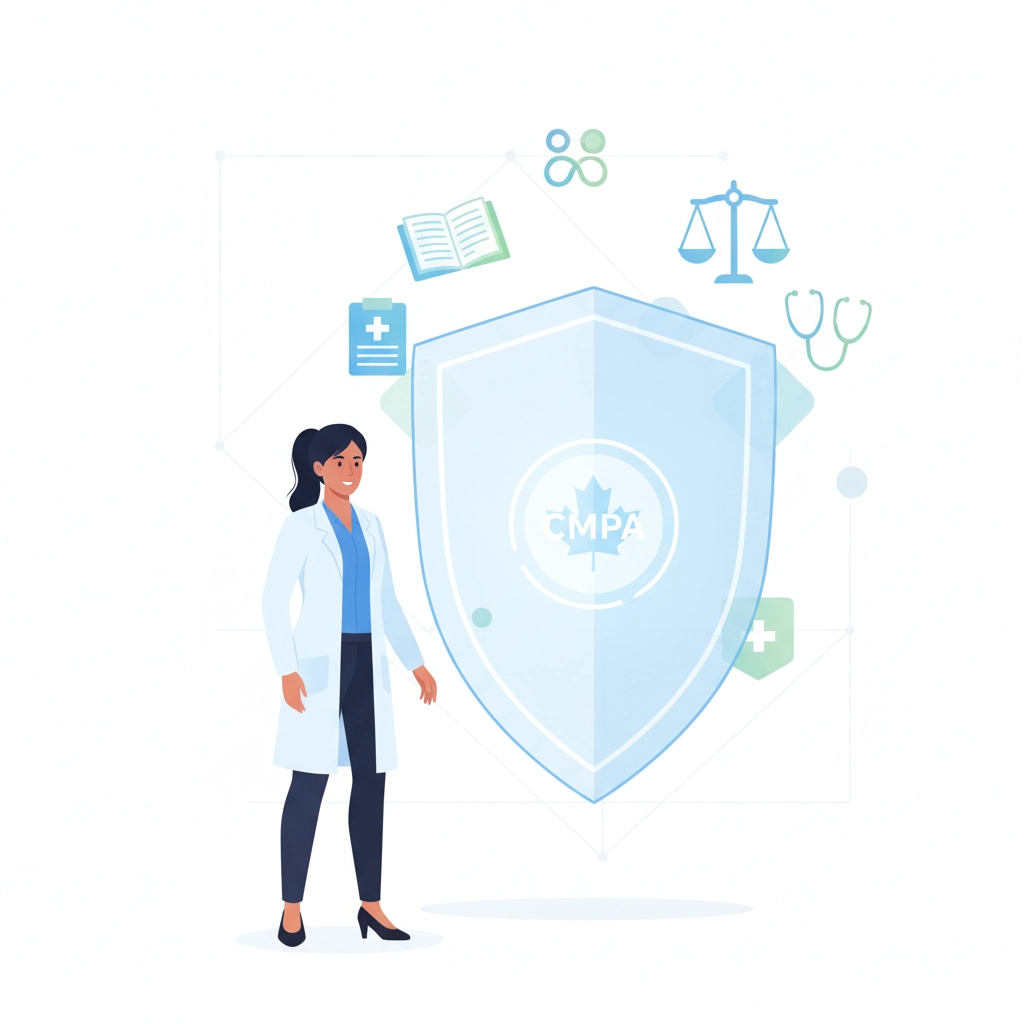
Ultimate Responsibility Remains Yours
This is the big one, folks: you retain ultimate responsibility for all chart entries, even those generated by AI scribes. While AI scribe companies may bear some responsibility for transcription errors, you're still accountable for reviewing and taking responsibility for any chart entry that enters the medical record.
Legal Compliance: PIPEDA, HIPAA, and Data Security
Let's talk about keeping your practice legally bulletproof when adopting AI scribing technology. Canadian physicians need to navigate both PIPEDA (Personal Information Protection and Electronic Documents Act) and, in some cases, HIPAA requirements.
Data Security Essentials
When AI systems access and review personal health information, you need to verify that robust security measures are in place. We recommend consulting with your IT or cybersecurity experts to ensure your chosen AI scribe employs appropriate:
- Data encryption protocols
- Secure storage systems
- Access controls and audit trails
- Data retention and deletion policies
- Compliance with provincial and federal privacy laws
Patient Consent Considerations
Here's where things get interesting (and important): patient consent for AI scribes involves more than just permission to record conversations. You need to consider secondary data use, how the AI system might use patient information for model training or other purposes that patients might not anticipate.
Best practice? Be transparent about:
- How conversations will be recorded and processed
- Where patient data will be stored
- Whether data will be used for AI model training
- How long data will be retained
- Who has access to the information
Best Practices for Safe Implementation
Ready to implement AI scribing safely? We've got your back with these proven best practices that'll keep you compliant and your patients protected.
Develop Robust Training Programs
Before rolling out AI scribes, establish comprehensive training that covers:
- How to effectively audit AI-generated content
- Recognizing common error patterns (yes, AI makes mistakes too!)
- Systematic approaches to editing while maintaining clinical accuracy
- Understanding when AI might "hallucinate" or fabricate information
Implement Strict Review Protocols
Never let AI-generated documentation enter the patient record without your careful review. Establish mandatory processes to confirm:
- Accuracy of all captured information
- Completeness of clinical details
- Appropriateness of medical terminology
- Correct patient identification and encounter details
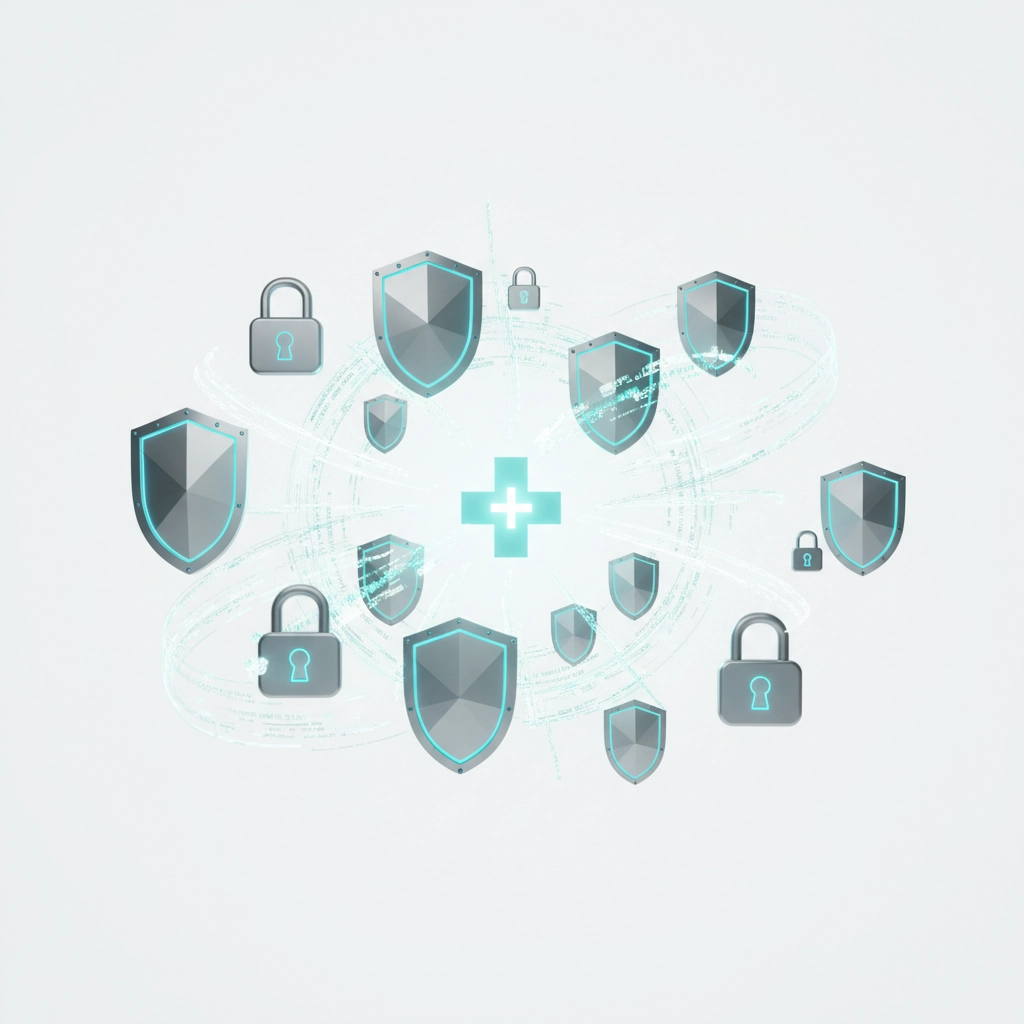
Create Clear Internal Policies
Develop written policies such as a PIA that align with CMPA requirements and your provincial medical college guidelines. Document your compliance efforts and maintain audit trails showing that you're reviewing all AI-generated content.
Risk Mitigation Strategies
Let's be honest, every new technology comes with risks. The key is understanding them and having solid strategies to mitigate potential issues.
Common Risk Categories and Solutions:
Clinical Accuracy Risks
- Potential issues: AI hallucinations, omitted symptoms, incorrect interpretations
- Mitigation: Mandatory physician review, accuracy validation, systematic auditing
Patient Privacy Risks
- Potential issues: Unauthorized data access, repurposing for AI training
- Mitigation: Explicit consent protocols, audit trails, clear secondary use policies
Legal Liability Risks
- Potential issues: Unclear error responsibility, documentation discrepancies
- Mitigation: Updated liability frameworks, clear documentation of AI use
Scribeberry: A Canadian Example of Compliance
Speaking of doing things right, let's look at how platforms like Scribeberry approach compliance and safety for Canadian physicians.
Scribeberry has built their platform with Canadian healthcare requirements in mind, offering:
- Comprehensive compliance documentation available at trust.scribeberry.com
- HIPAA and PIPEDA compliance summaries to help you understand regulatory alignment
- Privacy impact assessments and security risk assessments
- Patient informed consent templates specifically designed for AI medical documentation tools
- Clear privacy controls and data handling policies

The platform provides transparency documents including terms of service, privacy policies, and security assessments, exactly the kind of documentation you need to demonstrate due diligence to regulatory bodies.
What we particularly appreciate about platforms like Scribeberry is their commitment to helping physicians understand not just how to use the technology, but how to use it safely and compliantly. Their help documentation and compliance resources make it easier for Canadian doctors to adopt AI scribing while meeting all professional obligations.
Your Action Plan for Safe AI Scribe Adoption
Ready to move forward? Here's your step-by-step action plan:
- Evaluate your needs and choose a platform with strong Canadian compliance credentials
- Review vendor documentation for security assessments and privacy policies
- Develop internal policies aligned with CMPA and provincial college requirements
- Train your team on proper AI scribe use and review protocols
- Update patient consent processes to include AI documentation transparency
- Implement systematic review procedures for all AI-generated content
- Maintain documentation of your compliance efforts and training
Moving Forward with Confidence
The future of medical documentation is here, and it's pretty exciting! AI scribing software offers tremendous potential to reduce your administrative burden, improve documentation accuracy, and give you more time to focus on what matters most, patient care.
The key to successful adoption is approaching it thoughtfully, with full awareness of your professional obligations and regulatory requirements. By following CMPA guidelines, ensuring robust data security, implementing proper review protocols, and choosing compliant platforms, you can harness the power of AI scribing while maintaining the highest standards of patient care and legal safety.
We're here to support you on this journey, and we'd love to hear about your experiences with AI scribing technology. Have questions about implementation? Concerns about compliance? Please reach out anytime: because when it comes to adopting new healthcare technology safely, we're all in this together! 🚀
Remember: the technology is a tool to enhance your practice, not replace your clinical judgment. With proper implementation and oversight, AI scribing can be a game-changer for Canadian physicians ready to embrace the future of healthcare documentation.

